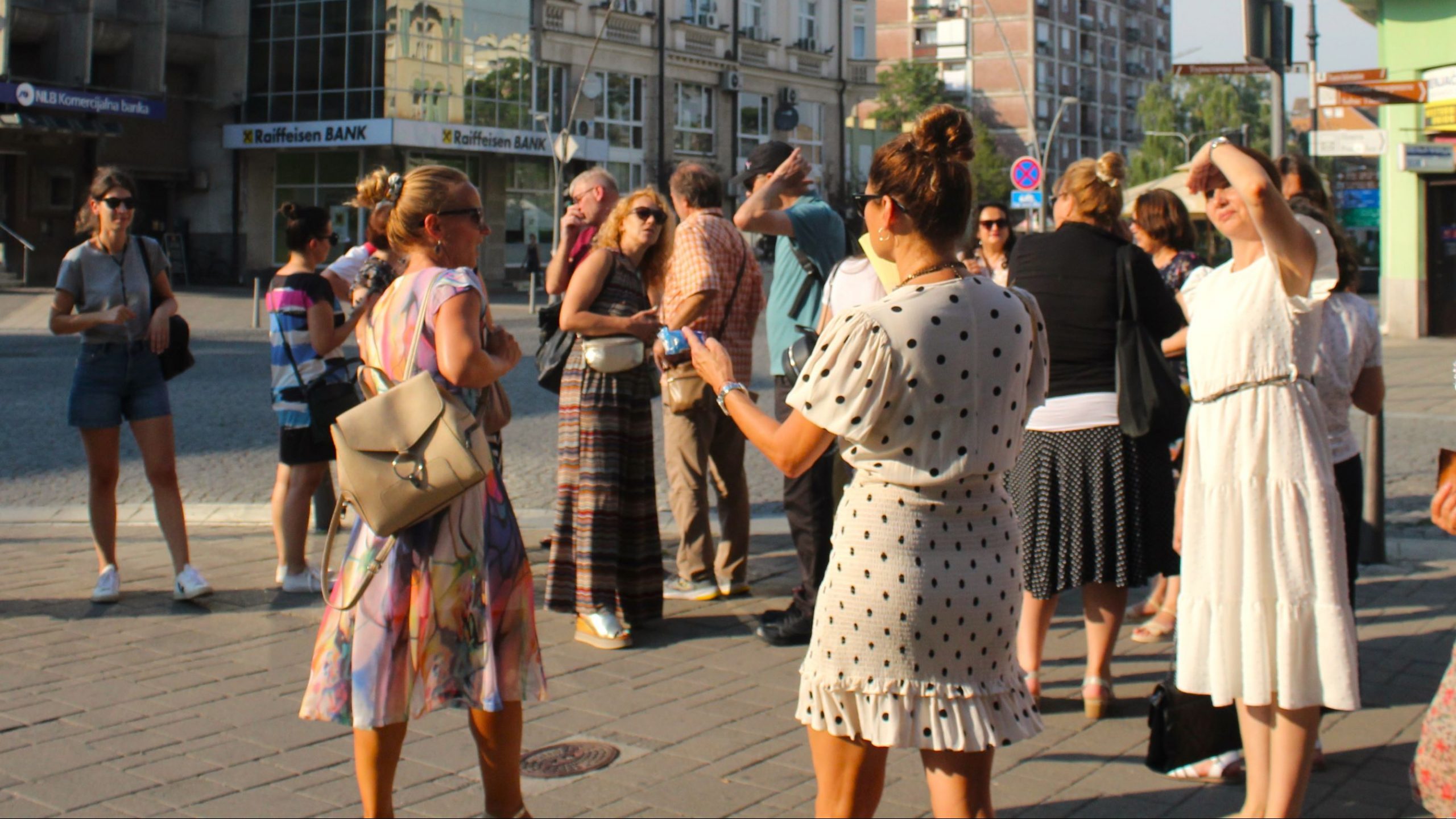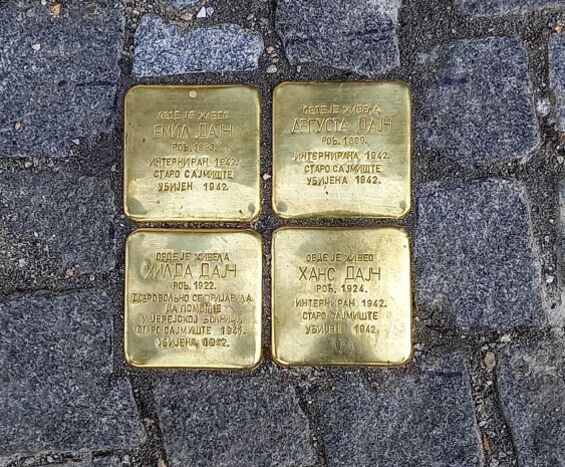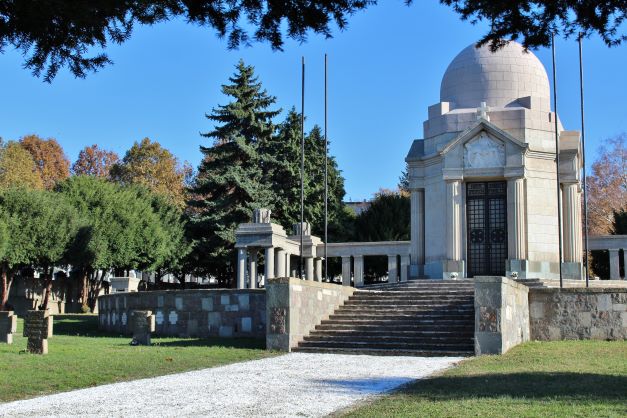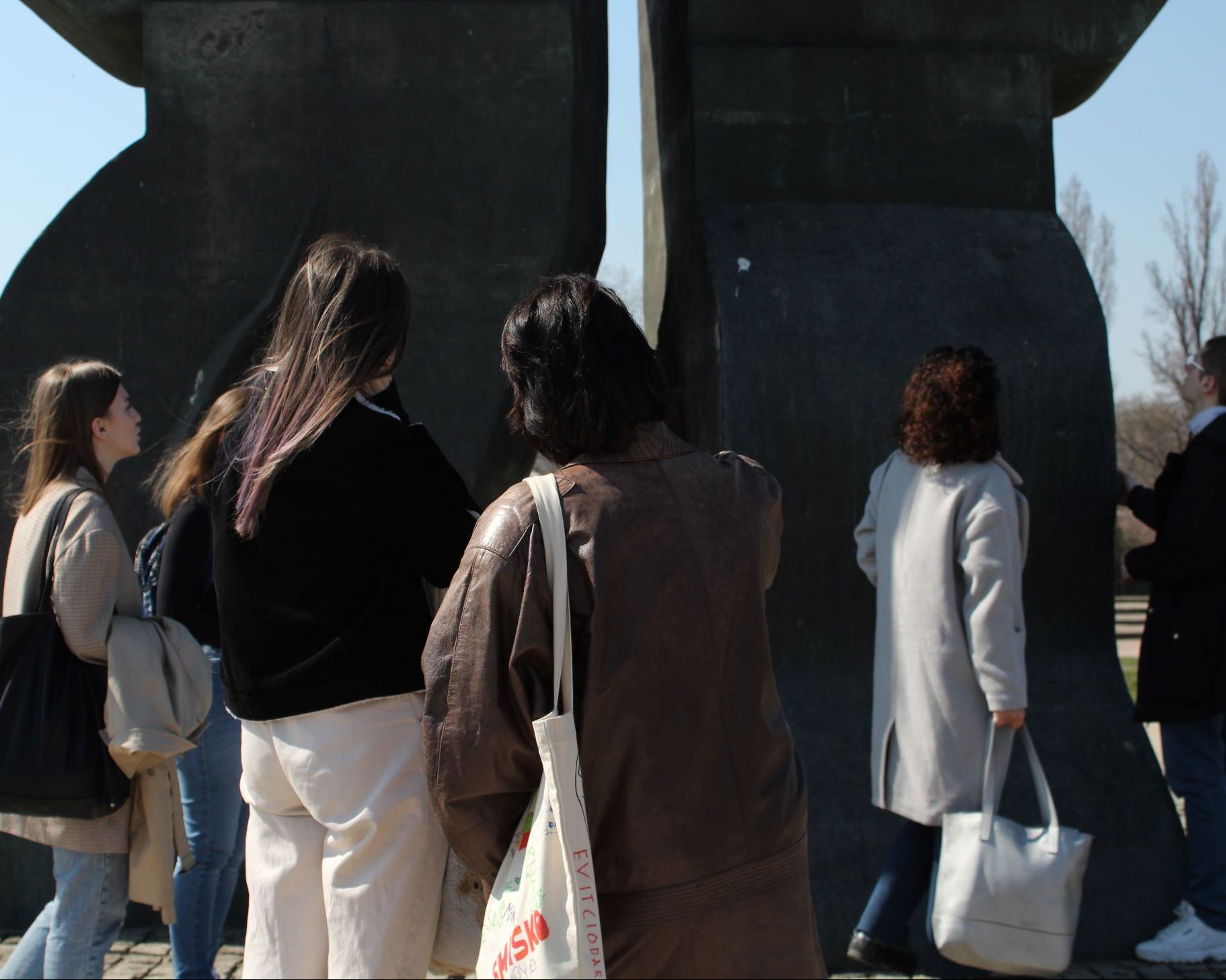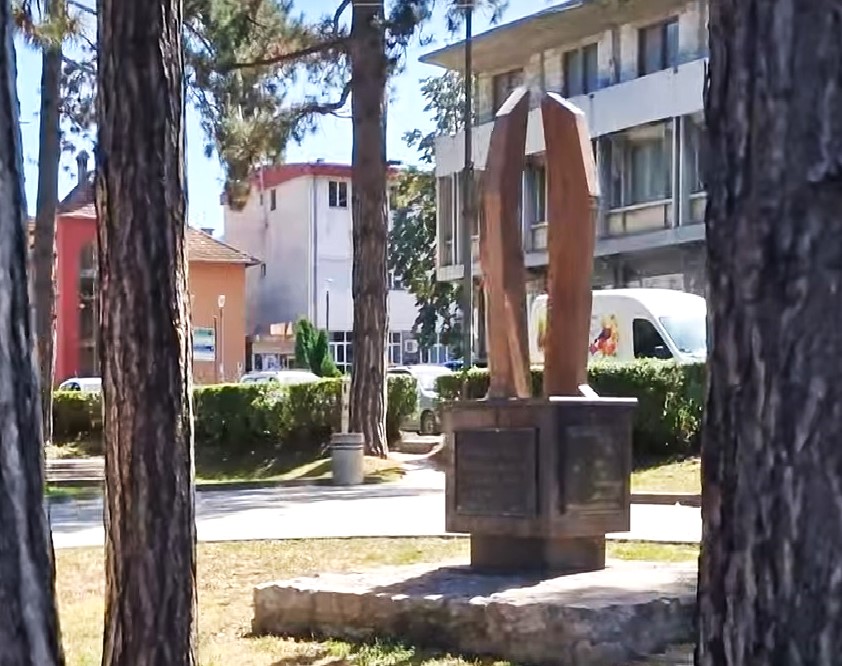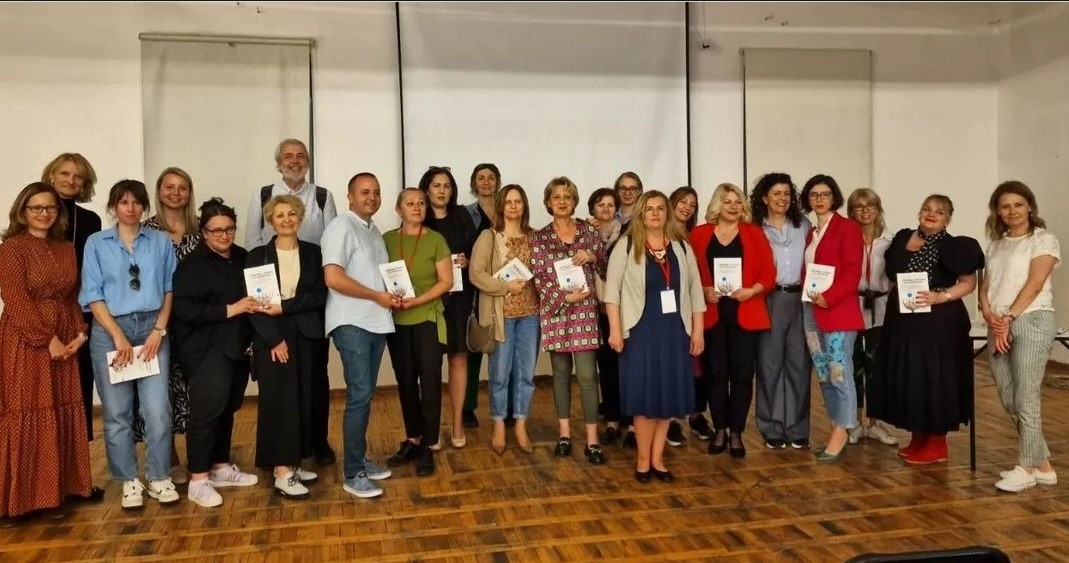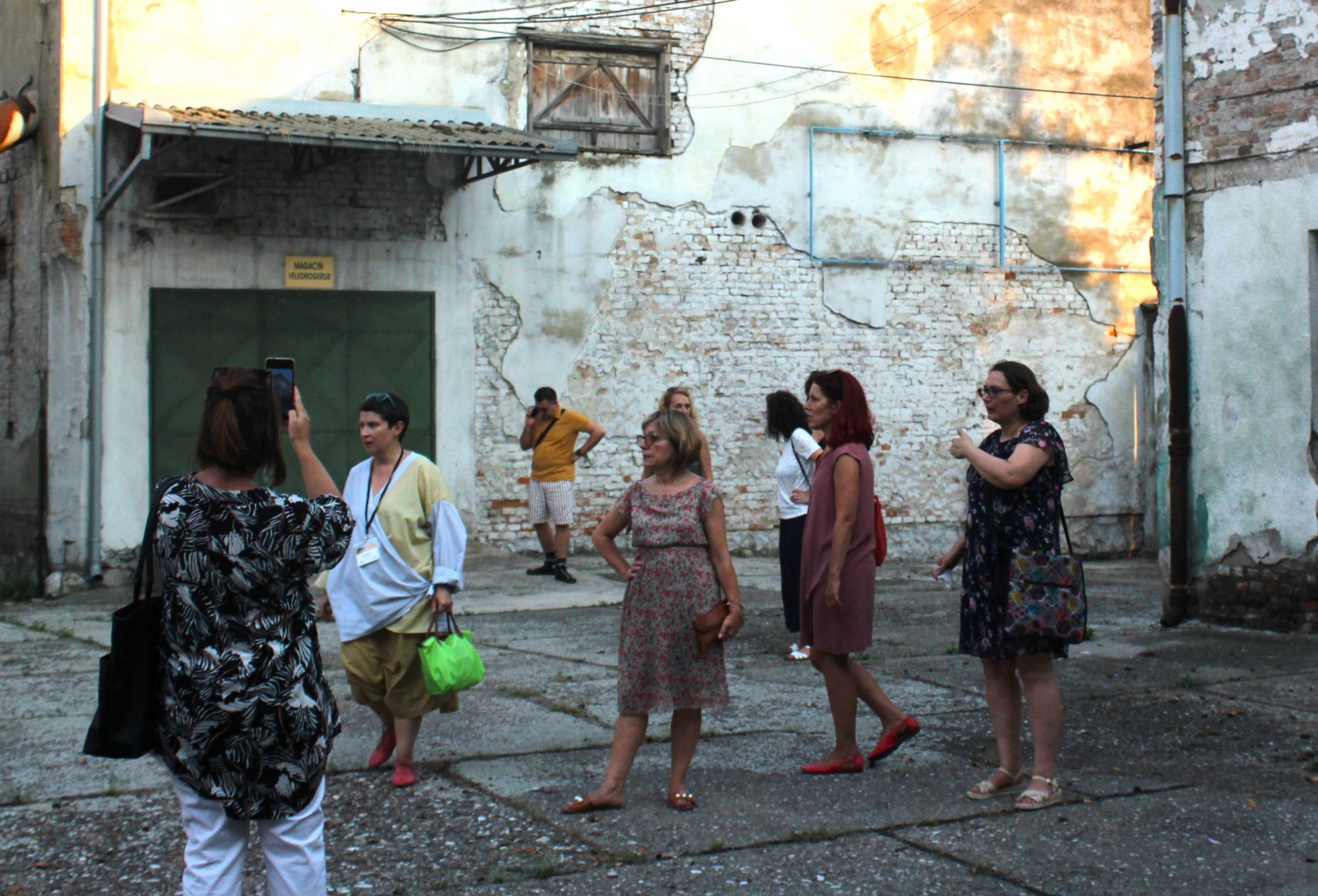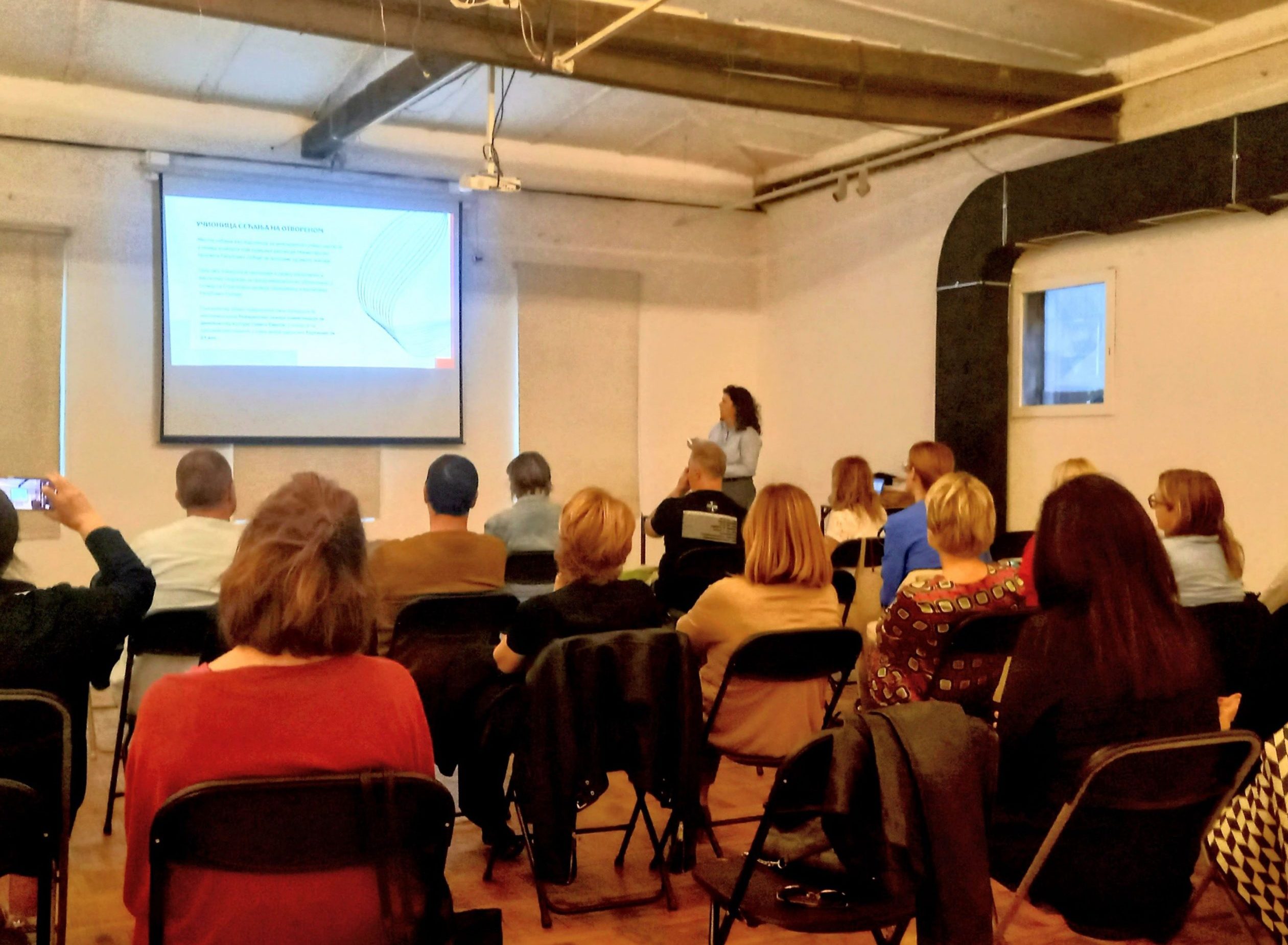THE TOOLKIT ONSITE REMEMBRANCE LEARNING
The Toolkit 'Onsite Remembrance learning' was developed in collaboration with a select group of teachers from Serbia, funded by the Ministry of Education of the Republic of Serbia, and with the support of the Center for Research in History Teaching and Historical Heritage at the Faculty of Philosophy in Belgrade. Thanks to the creativity and dedication of the teachers who participated in our competition we have selected 21 lesson plans that will be included in the manual. The editorial board has accepted lesson plans that can inspire other teachers and are intricately connected to the cultural heritage of local communities, emphasizing the significance of democratic values, human rights, and cultural diversity.
In our pursuit to inspire educators towards a more creative approach to learning, especially beyond the traditional classroom setting, we aimed to underscore positive teaching practices. Hence, we initiated a nationwide competition for educational materials encompassing lesson plans and project-based teaching, with a thematic focus on cultivating a culture of memory. We received an overwhelming response of teaching scenarios from all regions of Serbia. The editorial board, guided by rigorous criteria, meticulously selected 21 lesson plans/scenarios, which now form an integral component of this comprehensive manual.
These meticulously crafted lesson plans cater to both primary and secondary school students, covering various subjects and learning programs. In terms of chronological and thematic scope, the manual traverses historical epochs from the Middle Ages to the contemporary era, with a keen emphasis on local heritage, museums, educational institutions, and the memorial landscape of the local area, commemorating specific historical events such as memorials from the First and Second World Wars and the Holocaust.
One of the distinctive features of this manual is its dedicated focus on fostering competencies for democratic culture through effective learning strategies. This extends to discussions on topics related to minority communities, including the Roma and Jewish communities, persons with disabilities, as well as addressing the position of women in history. Additionally, the manual explores sites of memory linked to foreign military memorials. The remarkable diversity in topics, methodologies, and locations testifies to a pioneering initiative within the educational system of the Republic of Serbia, aligning seamlessly with the recommendations set forth by the highest international and domestic educational standards.
As of the present moment, the manual "Onsite Remembrance learning " stands as a unique and comprehensive theoretical-practical guide for teachers across various subjects. Educators will discover not only exemplary best practices but also didactic-methodological instructions and innovative approaches to learning at memory sites, fostering various competencies with a particular emphasis on those related to democratic culture.
It serves as an invaluable resource for educators seeking to enrich their teaching methods and integrate experiential learning, offering practical insights for the development of life long learning competencies.
